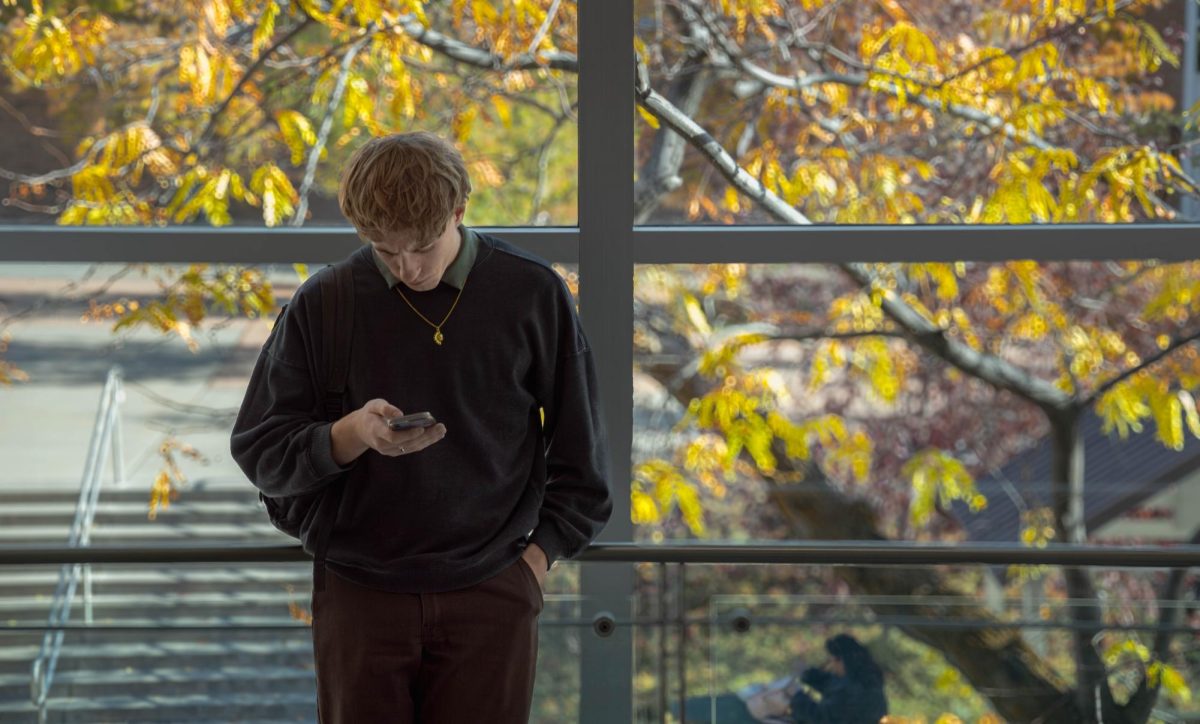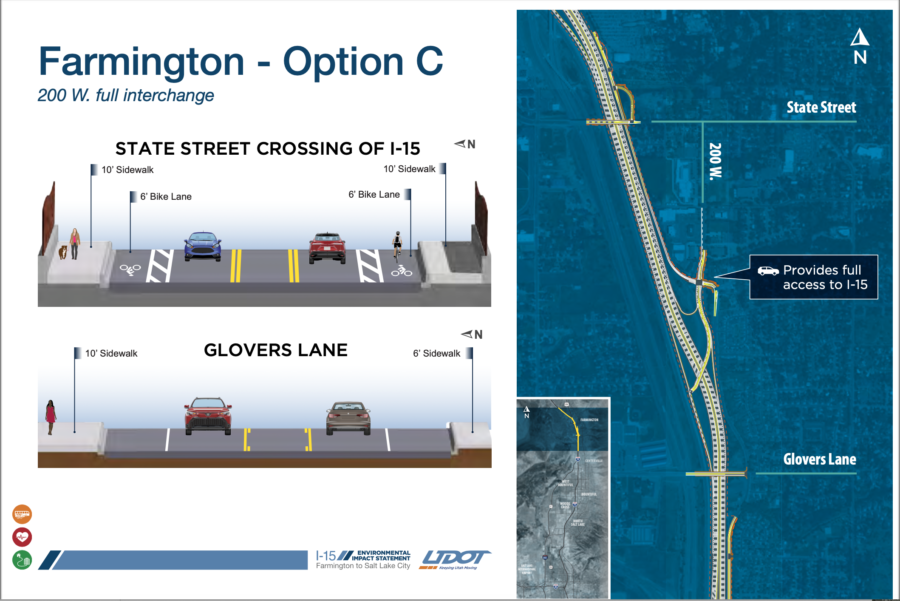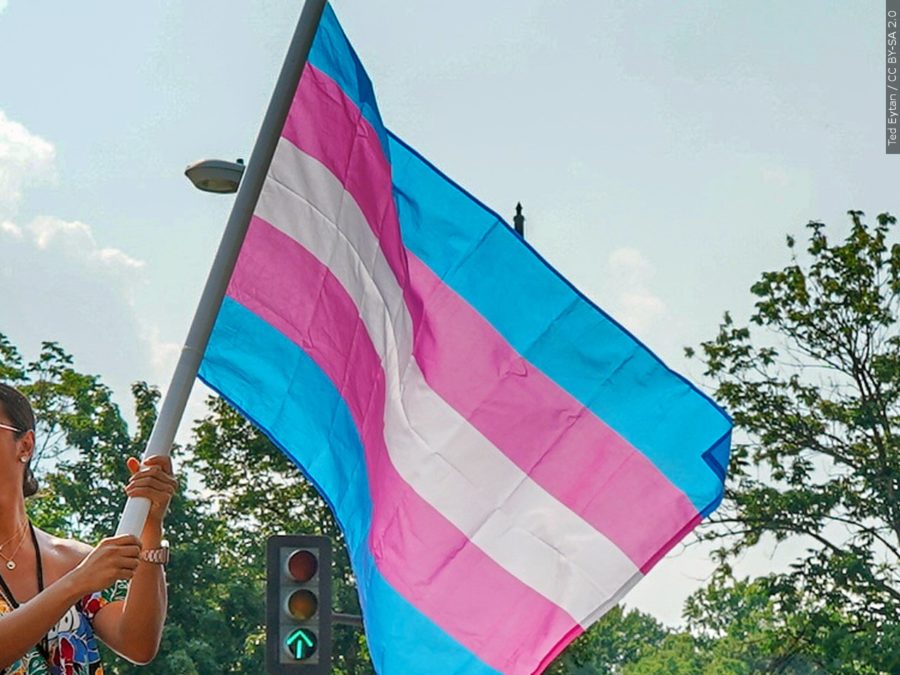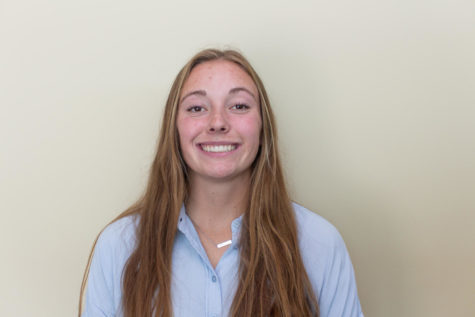A panel of physics educators each brought a different viewpoint to a virtual lecture on Jan. 19 concerning how to teach the sciences, mainly focusing on physics, and how to bring these classes to a wider range of students.

One of the main points brought up was moving away from demographics and tracking, as it creates stereotypes for students going into the sciences because it singles out those who seem like they won’t fit in.
Matthew Smith, principal of Salt Lake Center for Science Education Bryant, explained that schools use demographics to predict if a student will pursue the sciences or other classes. One way they do this is through the Extended Learning Program test, which students in Salt Lake City School District are given at a young age.
According to Salt Lake City School District’s website, ELP runs from elementary through middle school. According to the site, it “meets the needs of identified gifted/talented and high ability students” and offers them more difficult coursework and academic track through school.
Smith said that those who don’t score as well are set on a different track than those who excel on the test. This limits those who score lower, as they are steered away from certain classes, including some of the sciences.

Because of these tracking methods, students may feel discouraged to take science classes, but by moving away from this tracking system, more students may be encouraged to try more classes in the science department.
The panel is also trying to bring more students into the sciences through role models.
Amanda Williams, STEM director for Boys and Girls Club of Greater Salt Lake, said bringing in people who work in tech but also look like or can relate with the kids is better for helping them learn and be involved.
“That will make or break an event or activity, whether they feel like they’re being seen or not,” Williams said.
Having those role models, whether it be college students or people with careers in scientific fields, allows students to have more confidence in the path they want to pursue. Being able to see people are doing what they want to do helps solidify that desire to continue in the sciences.

Teachers also play an integral part in encouraging students to take part in the sciences and are essential to helping students believe in themselves enough to try things outside of their comfort zones.
Celia Nilson, a teacher at Farmington High School, said sometimes when a student doesn’t do as well in the first unit, they want to quit, but she has to remind them that they’re still learning, which can help lead to greater accomplishments.
The whole panel agreed. They knew they had succeeded in teaching science when the students thought they were having fun but were learning in the process.




















